It’s important to assess your home’s structural integrity, along with your heating and cooling, plumbing, and electrical systems. Hiring professional help can be a bit expensive, so here’s a checklist of what to look for to inspect your house like a pro.
Start With a Guide
Before you begin your DIY home inspection, take the time to print out a comprehensive inspection guide. While this list will help you get started, a comprehensive inspection guide will provide an organized framework to examine the house and document any defects.
This systematic approach helps you stay on task and allows you to check off the items room-by-room and area-by-area.
Plumbing
Examining your pipes is essential to ensure your plumbing runs smooth. Be sure to check for:
- Water leaks, water drips, and faucet damages
- Rusty or leaking pipes
- Slow drains caused by trash, grease, oil, and medications
- Water marks on walls and ceilings
- Unstable water pressure
- Sediment build up in your hot water heater
- Unsteady or unlevel toilet fittings, including the flusher
By detecting plumbing problems early, you eliminate the hassle of unexpected repairs and high water bills in the event of flooding, leaking, and bursting.
Walls & Ceiling
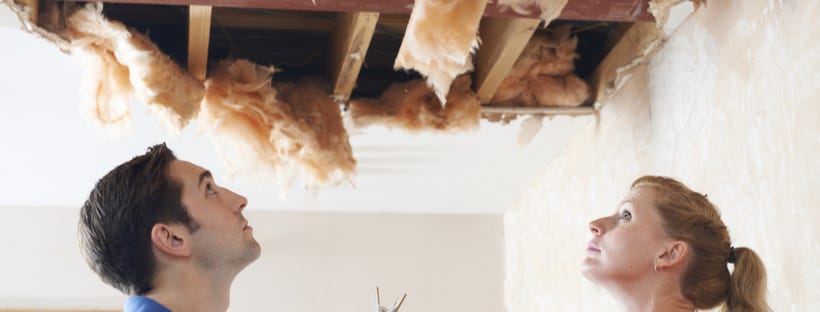
Determine the condition of the structure of your house by closely examining the walls and ceilings. Leaning, cracked or bowed walls can be evidence of major foundation or structural defects. While small bumps along the drywalls can be ugly, what you’re really looking for is wide cracks between the wall and ceiling. These are signs of larger structural issues.
Take the time to ensure the siding on the home runs straight. Siding should be level without any bulges or loose areas. Mark all water-damaged areas and any discolored spots in need of a major paint job.
Flooring
Floor inspections assess various problems such as installation errors, unsuitable site conditions, and maintenance issues. A good inspection will help you prevent flooring deterioration and improve safety.
Any visible signs of floor impairment such as cupping, crowning, sinking and sagging calls for immediate attention. Rippled or wavy flooring is a sign of excessive moisture beneath the boards. If not treated in time, the moisture can weaken the structural foundation of the house and ruin your furniture by attracting mold and mildew. Consider table covers and chair covers to protect your furniture from any growth beneath the floorboards.
Here’s a shortlist of common flooring defects:
- Rotten and sagging floors.
- A squeaky sound when walking across tiled or laminated floors.
- Gaps on the wooden floors.
- Cracks in tiles.
Roofing
The roof of your home is your first line of defense against the elements, so it’s important to scrutinize the roof closely. Start by looking for piles of leaves or other debris on your roof. Leaves and natural debris can trap moisture, which, if left unattended, will weaken the structure of your roof.
Next check for signs of wear: corrosion, rust, and stress wrinkling. Check for damage near flashings around your chimney, dormers, and vent pipes. Finally, size up your rafters and the interior of your roof for signs of moisture, mold, and rotting.
Doors and Windows

Doors and windows are the most important elements of a building’s exterior, so they should be examined for their condition, fit, functionality, and weatherability. Make sure to use a ladder (or table protected with heavy-duty table covers) to examine the tops of your windows and doors. Check for any openings or gaps created by cracked caulking, rotting wood, and damaged hardware. Remember to shake your windows and doors to check their alignment.
Once you’ve examined them for general integrity, it’s time to look at the little details. Assess the locks and knobs of the doors and windows for functionality. Any loose knobs or locks must be tightened. Finally, conduct a home air pressure examination to check for issues with the seal surrounding the panes.
Electrical Systems
According to the National Fire Protection Association (NFPA), electrical problems are the largest cause of property damage in home structure fires. Regular inspection of your electrical systems is a must to ensure a home safe from fire.
Make sure all of the outlets, wires and electrical components meet your local safety standards. Inspect your electrical units to ensure they’re up to code and properly grounded. Test the voltage of all of your electrical appliances, being sure to protect outdoor grills with a set of custom grill covers.
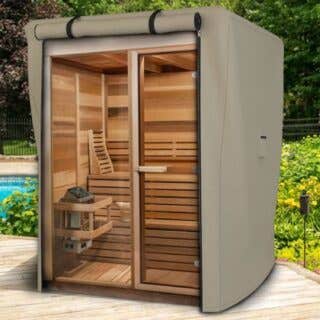





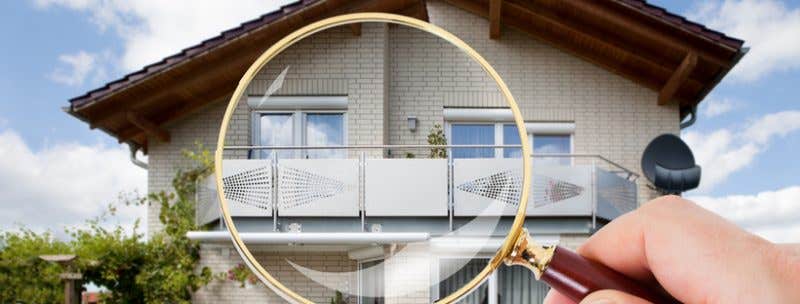
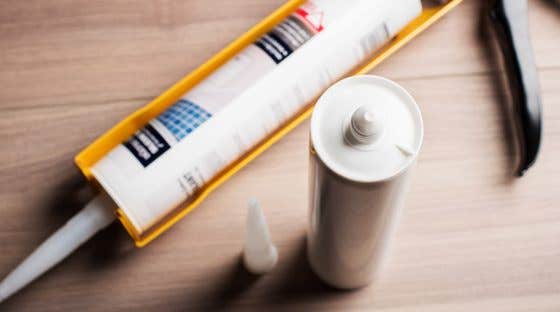
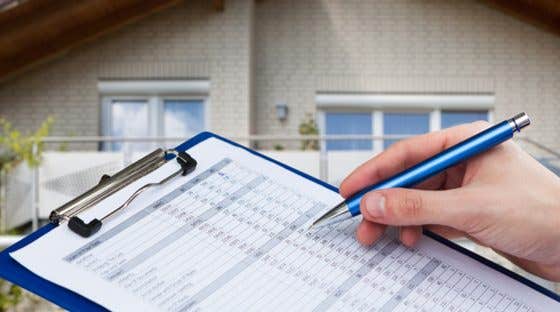


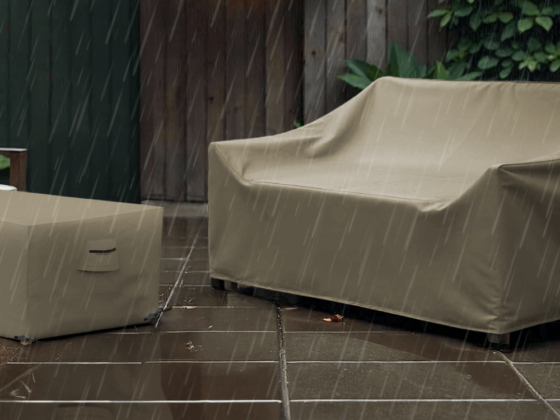

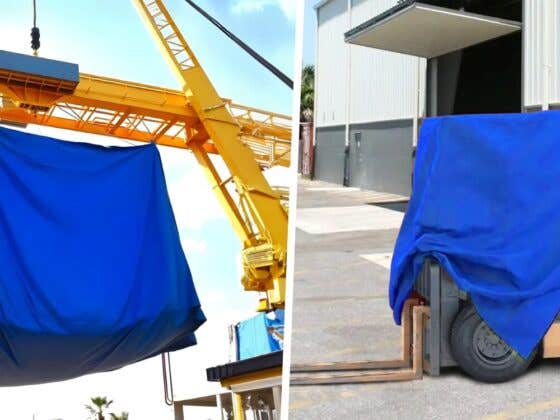

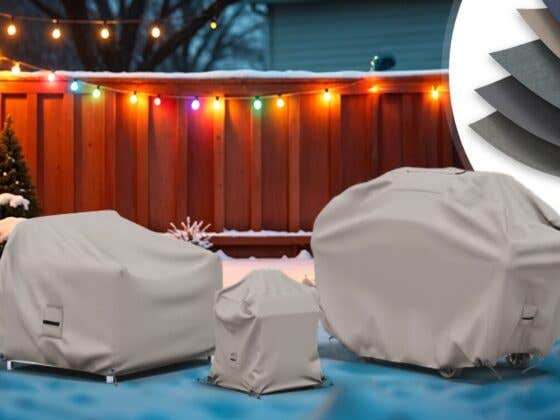

Recent Comments